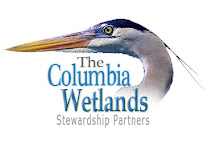 |
| Compton Tortoiseshell - April 28, 2013 by Larry Halverson |
Compton Tortoiseshells overwinter as adults so they are one of the earliest butterflies seen each spring. However, they won’t be flying too much longer as they’ll soon lay eggs and die. Look for them along stream sides and clearings particularly where birch, willows and aspen are growing.
If you miss them, there will be another flight from late July until they enter hibernation in October.


